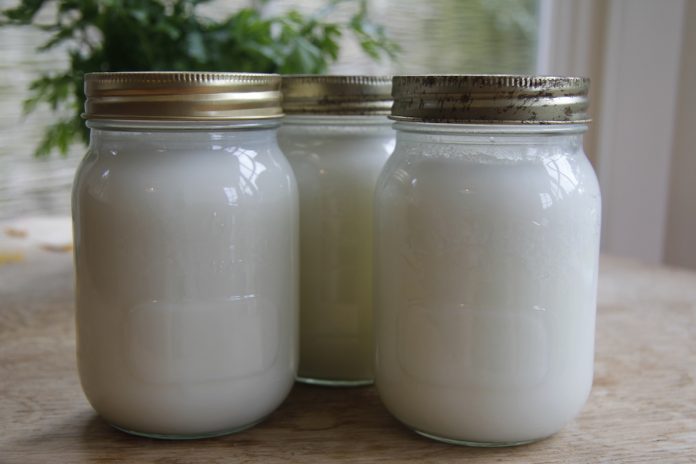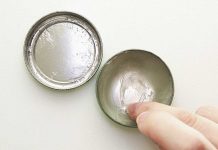During the great depression, suicides exploded. The stats are fairly alarming. They state 22 people per 100,000 committed suicide in 1928. These suicide jumps have occurred over time and are often a consequence of economic downturn.
What makes people depressed is not the fact that the stock market is suffering and the DOW is dropping. Its food and money. Layoffs and shortages are the conditions for people walking to the edge of a tall building.
Although you may be shocked by those suicide numbers, remember what we are dealing with today. Suicide rates in the U.S. soared to 30 per 100,000 in 2009-2015! Yeah, superior to the great depression. This is a huge tell about this nation’s situation.
Lack of Food
As I described, a shortage of employment and food during the great depression was the leading factor in this increase in suicides. Men were unable to provide for their families, and out of remorse and shame they gave up themselves. Finding oneself in this situation is a terrible predicament.
Today we are far less prepared than in the past for coping with anything like that. Citizens are weaker now, which explains why at any turn, if you are able to put in the effort, 30 per 100,000 are killing themselves because there’s food and money to have.
Lard was one of the calorie-rich foods people used to survive the great depression. This rendered pork fat has been used in everything from frying, biscuits, cookies and other food preservation. Take a closer look at how lard, the calorie-rich survival food, can be stockpiled.
Related: How to Make Homemade Pork & Beans
What is Lard
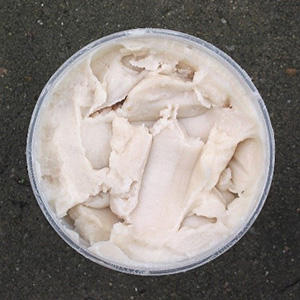

Lard is made of pork fat which has been strained from any bits of meat or other impurities. Most lard comes from the pig’s belly, and this area is also cured and smoked to make bacon. The fat is also processed and prepared for use and reuse in a jar.
Because lard is strained fat, it has a tremendous staying power too. You may be shocked to know that, without refrigeration, lard will remain on your counter for as long as three months. This is a conservative number that lends itself more to modern rules on food safety, and less to historical use.
If you’re old enough, you know that mom or grandma never left the counter with a can of bacon grease or lard. It was perhaps as old as you were when you were a child.
What is known about the environment in regard to bacteria is that there is not enough oxygen for typically dangerous bacteria like E. coli and Salmonella to survive. Here’s the good news. Anaerobic environments, however, i.e. those without oxygen, can bring forth other types of bacteria. Items like the toxic botulinum Clostridium that is the harbinger of botulism.
So when you’re storing lard, you have to be aware and careful. Later on in the article, I’ll discuss a much safer process.
Related: How to Safely Store Homemade Broth for 6 Months (No Canning or Freezing Required!)
Making and Stockpiling
The basis of all lard is a superior quality fat. This fat is slowly rendered and strained. From here it can be stored in many ways.
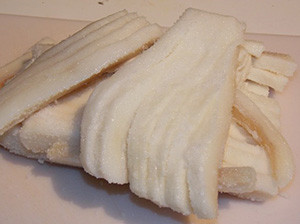

You can buy backfat from most supermarkets, and if you want to upgrade the price to a raised pork farm, or something that’s fully organic, or whatever derivation you may like. With my experience, the best you can get your hands on is a pasture raised pig.
You want to cut it in strips and place it in a pot with a little water at the bottom of the pot to best render your fatback. Throughout the rendering process the water will prevent the fat from being too brown.
Place over low heat to bowl, and let it work. Don’t rush the process. You want that fat to melt off slowly. Perhaps you couldn’t fit all the backfat into a smaller pot. You can add a bit at a time, and it will shrink as it starts rendering.
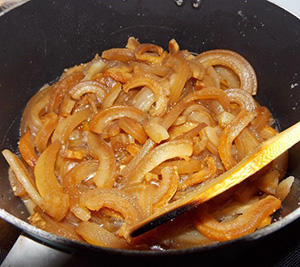

Once all the fat has been rendered you can strain and store this incredible cooking medium through a fine sieve. It’s a very simple process and storage is as simple as that.
There are a couple of lard storage methods, and they all depend on the level of convenience you’re looking for. If you can freeze your lard, you can do it in a plastic bottle, or even in a ball jar. I would recommend that the lard be thoroughly cooled before it is stored in the freezer.
Your lard will hold in the freezer indefinitely. If it is well covered the product will hardly even change.
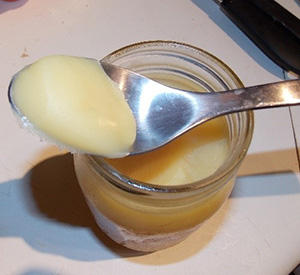

Lard is also said to hold up in the refrigerator for up to 3 months in the refrigerator. That’s a rather conservative reaction motivated by food health. There’s nothing wrong with that. You can hold the lard in a refrigerator for years, in fact. You might need to scrape a little mold off the surface and you might want to reheat it every few months and pour it into a fresh or clean container as well.
Also, it’s easier to handle stuff like oxidation and mold growth if you have a good smooth surface. When you have surface littered with scoops and spooned out bits, mold can grow easier and more difficult to handle. That is why if you store it in the freezer, you can heat up and fix your lard.
Lard without refrigeration
A pressure canning method is the very best method for storing lard without refrigeration.
Once the lard is fully cooled, thoroughly clean off the jars’ rims to ensure there are no remaining pieces. Then put a moist, lid on top of your jar right out of the boiling water. Only fill each jar with standard headspace starting right at the ring marks. Place your cooled lard with a fresh sage leaf on top.
To preserve, you can use a 100-120 minute pressure canning method at a pressure of 10 pounds. (Follow the high altitude instructions from your manufacturer.)
Most preppers have a low salt and fat content. Their stockpile is full of dried food but the majority of preppers are short when it comes to fat to cook in and salt to season with. I used this process on pork back fat but you can create your own cooking fat if you were to do this with bear fat or any other fat.



